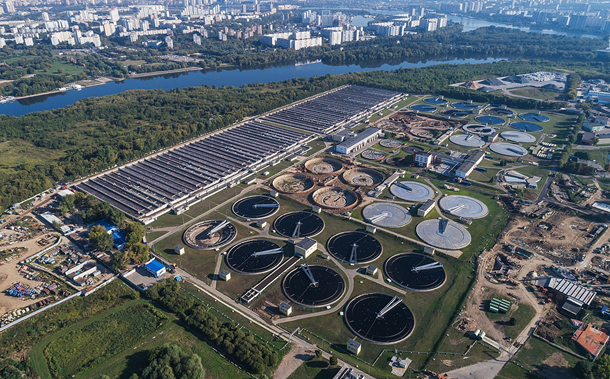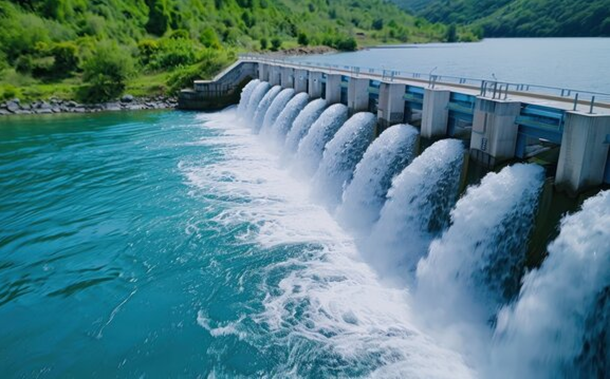Fuzzy Knowledge Based System for Suitability of Soils in Airfield Applications
Downloads
Proper design of roads and airfield pavements requires an in-depth soil properties evaluation to determine suitability of soil. Soft computing is used to model soil classification system's dynamic behaviour and its properties. Soft computing is based on methods of machine learning, fuzzy logic and artificial neural networks, expert systems, genetic algorithms. Fuzzy system is a strong method for mimicking human thought and solves question of confusion. This paper proposes a new decision-making approach for soil suitability in airfield applications without a need to perform any manual works like use of tables or chart. A fuzzy knowledge - based approach is built to rate soil suitability in qualitative terms for airfield application. The proposed model describes a new technique by defining fuzzy descriptors using triangular functions considering the index properties of soils as input parameters and fuzzy rules are generated using fuzzy operators to classify soil and rate its suitability for airfield applications. The data obtained from the results of the laboratory test are validated with the results of the fuzzy knowledge-based system indicating the applicability of the Fuzzy model created. The approach developed in this work is more skilled to other prevailing optimization models. Due to its system's flexibility, it can be suitably customized and applied to laboratory test data available, thus delivering a wide range for any geotechnical engineer.
Doi:10.28991/cej-2021-03091643
Full Text:PDF
Downloads
[2] Samui, Pijush, Sarat Kumar Das, and T. G. Sitharam. "Application of Soft Computing Techniques to Expansive Soil Characterization.” Studies in Computational Intelligence (2009): 305–323. doi:10.1007/978-3-642-04586-8_11.
[3] Kharait, Sourabh, Sampsa Hautaniemi, Shan Wu, Akihiro Iwabu, Douglas A Lauffenburger, and Alan Wells. "Decision tree modeling predicts effects of inhibiting contractility signaling on cell motility,”BMC Systems Biology 1, no. 1 (2007): 9. doi:10.1186/1752-0509-1-9.
[4] Senthil Kumar, A. R., C. S. P. Ojha, Manish Kumar Goyal, R. D. Singh, and P. K. Swamee. "Modeling of Suspended Sediment Concentration at Kasol in India Using ANN, Fuzzy Logic, and Decision Tree Algorithms.” Journal of Hydrologic Engineering 17, no. 3 (March 2012): 394–404. doi:10.1061/(asce)he.1943-5584.0000445.
[5] Yakar, Ferit, and Fazil Celik. "A Highway Alignment Determination Model Incorporating GIS and Multi-Criteria Decision Making.” KSCE Journal of Civil Engineering 18, no. 6 (May 20, 2014): 1847–1857. doi:10.1007/s12205-014-0130-1.
[6] Umesha T.S., Dinesh S.V., and Jayaram M.A. "Fuzzy modeling for contaminated soil parameters." Journal of Fuzzy Systems and Advanced Applications 1 (2014): 66-73.
[7] Effati, Meysam, Mohammd Ali Rajabi, Farshad Hakimpour, and Shahin Shabani. "Prediction of Crash Severity on Two-Lane, Two-Way Roads Based on Fuzzy Classification and Regression Tree Using Geospatial Analysis.” Journal of Computing in Civil Engineering 29, no. 6 (November 2015): 04014099. doi:10.1061/(asce)cp.1943-5487.0000432.
[8] Shariati, Shahram, Masoumeh Abedi, Alieh Saedi, Abdolreza Yazdani-Chamzini, Jolanta TamoŠ¡aitienÄ—, Jonas Š aparauskas, And Stanislav Stupak. "Critical Factors of the Application of Nanotechnology in Construction Industry by Using Anp Technique under Fuzzy Intuitionistic Environment.” Journal of Civil Engineering and Management 23, No. 7 (July 13, 2017): 914–925. Doi:10.3846/13923730.2017.1343202.
[9] Ogunleye, G. O., S. G. Fashoto, Petros Mashwama, S. A. Arekete, O. M. Olaniyan, and B. A. Omodunbi. "Fuzzy Logic Tool to Forecast Soil Fertility in Nigeria.” The Scientific World Journal 2018 (October 15, 2018): 1–7. doi:10.1155/2018/3170816.
[10] Kierzkowski, Artur, and Tomasz Kisiel. "Evaluation of a Security Control Lane with the Application of Fuzzy Logic.” Procedia Engineering 187 (2017): 656–663. doi:10.1016/j.proeng.2017.04.427.
[11] Sadjadi, Farzad, and Ahad Bagherzadeh Khalkhali. "Geotechnical Challenges of Tehran Metro Line 7 (South Northern Route).” Civil Engineering Journal 4, no. 5 (June 3, 2018): 1117. doi:10.28991/cej-0309161.
[12] Jahangoshai Rezaee, Mustafa, and Samuel Yousefi. "An Intelligent Decision Making Approach for Identifying and Analyzing Airport Risks.” Journal of Air Transport Management 68 (May 2018): 14–27. doi:10.1016/j.jairtraman.2017.06.013.
[13] Vyas, Vidhi, Ajit Pratap Singh, and Anshuman Srivastava. "Entropy-Based Fuzzy SWOT Decision-Making for Condition Assessment of Airfield Pavements.” International Journal of Pavement Engineering (October 1, 2019): 1–12. doi:10.1080/10298436.2019.1671590.
[14] Borse, Kalpesh, and Prasit G. Agnihotri. "Prediction of Crop Yields Based on Fuzzy Rule-Based System (FRBS) Using the Takagi Sugeno-Kang Approach.” Advances in Intelligent Systems and Computing (September 28, 2018): 438–447. doi:10.1007/978-3-030-00979-3_46.
[15] Vyas, Vidhi, Ajit Pratap Singh, and Anshuman Srivastava. "Quantification of Airfield Pavement Condition Using Soft-Computing Technique.” World Journal of Engineering 17, no. 6 (October 7, 2020): 877–890. doi:10.1108/wje-01-2020-0021.
[16] Sujatha, A., L. Govindaraju, N. Shivakumar, and V. Devaraj. "Fuzzy Expert System for Engineering Classification of Soils.” Geotechnical Characterization and Modelling, Lecture, Notes in Civil Engineering, vol 85. Springer, Singapore (2020): 85–101. doi:10.1007/978-981-15-6086-6_7.
[17] Sujatha A, L Govindaraju, and N Shivakumar. "Application of Fuzzy Rule Based System for Highway Research Board Classification of Soils.” International Journal of Fuzzy Logic Systems 10, no. 2 (April 30, 2020): 1–14. doi:10.5121/ijfls.2020.10201.
[18] Moonjun, Ruamporn, Dhruba Pikha Shrestha, and Victor G. Jetten. "Fuzzy Logic for Fine-Scale Soil Mapping: A Case Study in Thailand.” CATENA 190 (July 2020): 104456. doi:10.1016/j.catena.2020.104456.
[19] Zadeh, L.A. "Fuzzy Sets.” Information and Control 8, no. 3 (June 1965): 338–353. doi:10.1016/s0019-9958(65)90241-x..
[20] Zimmermann, H.-J. "Fuzzy Control.” Fuzzy Set Theory”and Its Applications (2001): 223–264. doi:10.1007/978-94-010-0646-0_11.
[21] C.P.B. "Soil Taxonomy, A Basic System of Soil Classification for Making and Interpreting Soil Surveys.” Soil Science 123, no. 4 (April 1977): 270. doi:10.1097/00010694-197704000-00011.
[22] United States. Dept. of Agriculture. Soil Survey Division, and United States. Division of Soil Survey. Soil survey manual. No. 18. US Department of Agriculture, 2017.
[23] Chen, Shyi-Ming, and Fu-Ming Tsai. "Generating Fuzzy Rules from Training Instances for Fuzzy Classification Systems.” Expert Systems with Applications 35, no. 3 (October 2008): 611–621. doi:10.1016/j.eswa.2007.07.013.
- Authors retain all copyrights. It is noticeable that authors will not be forced to sign any copyright transfer agreements.
- This work (including HTML and PDF Files) is licensed under a Creative Commons Attribution 4.0 International License.![]()














